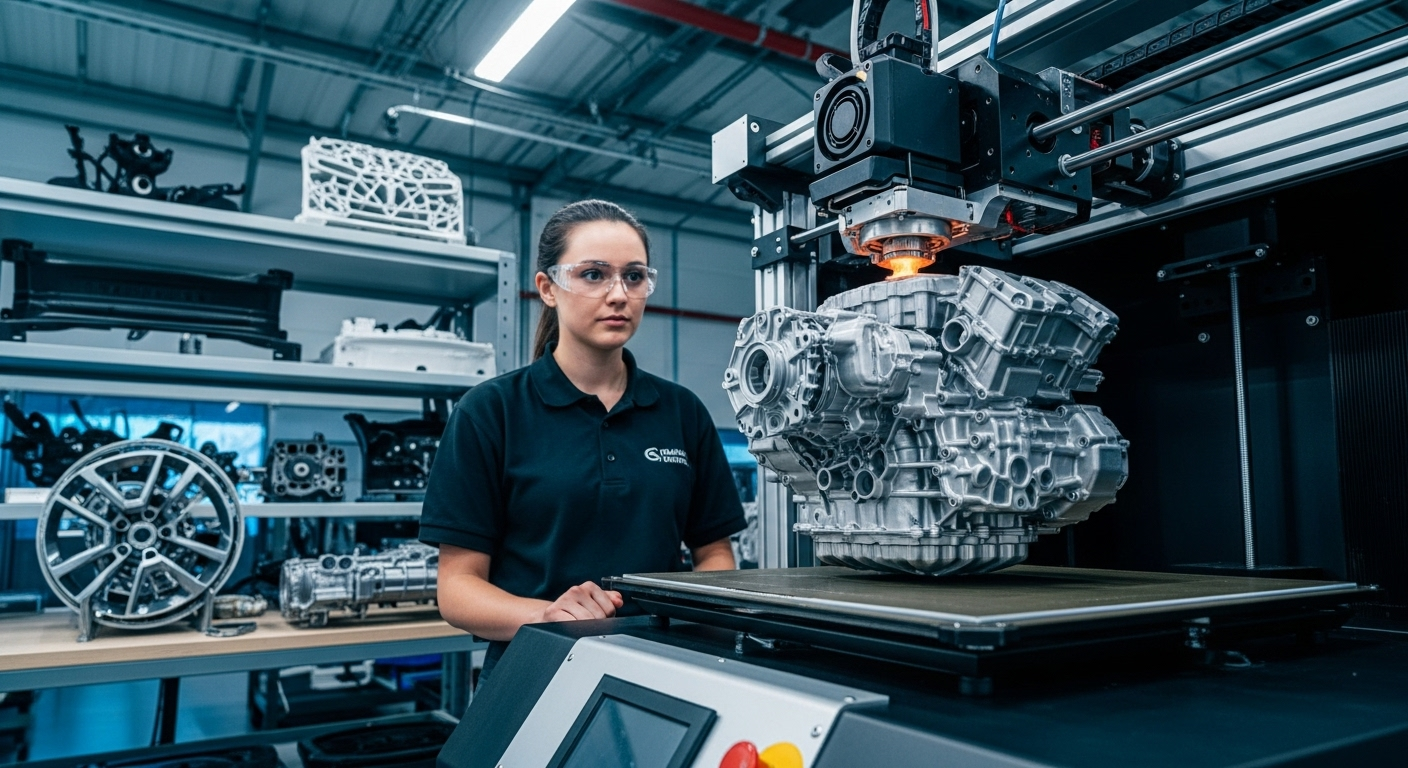Vertical Integration in the Aerospace Industry: Soaring to New Heights
The aerospace industry is witnessing a significant shift in its operational paradigm as major players embrace vertical integration strategies. This comprehensive approach to business operations is reshaping the sector's landscape, offering unprecedented control over supply chains and fostering innovation at an accelerated pace. As companies seek to streamline processes and enhance efficiency, the vertical integration model is emerging as a powerful tool for competitive advantage in the high-stakes world of aerospace manufacturing.

Historically, aerospace companies relied heavily on a network of specialized suppliers and subcontractors. However, the complexities of modern aircraft design and production, coupled with increasing global competition, have pushed industry leaders to reevaluate their business models. The result has been a gradual shift towards bringing more aspects of the production process in-house, allowing for greater control over quality, costs, and timelines.
Drivers of the Vertical Integration Trend
Several factors are propelling the trend towards vertical integration in the aerospace sector. One of the primary drivers is the need for enhanced quality control. By managing more stages of production internally, companies can maintain stricter oversight of component manufacturing, ensuring that each part meets the exacting standards required in aerospace applications.
Cost reduction is another significant motivator. While the initial investment in vertical integration can be substantial, the long-term benefits often outweigh the upfront costs. By eliminating intermediaries and reducing reliance on external suppliers, companies can potentially realize significant savings over time. This is particularly crucial in an industry where profit margins can be slim and competition is fierce.
Moreover, vertical integration allows for greater flexibility and responsiveness to market demands. With control over multiple stages of production, aerospace firms can more quickly adapt to changes in customer requirements or technological advancements. This agility is invaluable in an industry characterized by long development cycles and rapidly evolving technologies.
Impact on Innovation and Technological Advancement
The vertical integration model has proven to be a catalyst for innovation in the aerospace sector. By bringing diverse aspects of the production process under one roof, companies create an environment conducive to cross-pollination of ideas and technologies. Engineers working on different components or systems can collaborate more easily, leading to holistic improvements in aircraft design and performance.
This integrated approach also facilitates faster implementation of new technologies. When a company controls more of the supply chain, it can more readily incorporate cutting-edge materials or manufacturing techniques across multiple product lines. This has been particularly evident in the development of advanced composites and additive manufacturing processes, which have revolutionized aircraft construction in recent years.
Challenges and Considerations
While vertical integration offers numerous benefits, it is not without its challenges. The massive capital investment required to bring multiple production stages in-house can be a significant barrier for many companies. There’s also the risk of overextension, as firms may find themselves managing aspects of production that fall outside their core competencies.
Another consideration is the potential loss of specialized expertise that external suppliers often bring to the table. Aerospace manufacturing relies on a vast network of highly specialized component manufacturers, and replicating their expertise in-house can be a daunting task. Companies must carefully weigh the benefits of vertical integration against the potential loss of this specialized knowledge and experience.
Case Studies: Success Stories in Aerospace Vertical Integration
Several prominent aerospace companies have successfully implemented vertical integration strategies, providing valuable insights into the potential of this approach. One notable example is a leading aircraft manufacturer that has invested heavily in bringing carbon fiber composite production in-house. This move has not only given the company greater control over a critical component of modern aircraft design but has also positioned it at the forefront of materials innovation in the industry.
Another case study involves a major engine manufacturer that has expanded its operations to include the production of key electronic components. By vertically integrating these critical systems, the company has been able to enhance the overall performance and reliability of its engines while also reducing costs and improving supply chain resilience.
Strategic Insights for Aerospace Executives
• Conduct a thorough cost-benefit analysis before pursuing vertical integration, considering long-term strategic goals and market projections.
• Identify core competencies and focus integration efforts on areas that align with these strengths.
• Invest in robust training and knowledge transfer programs to build internal expertise in newly integrated areas of production.
• Maintain strategic partnerships with key suppliers to ensure access to specialized knowledge and technologies.
• Implement flexible manufacturing systems that can adapt to changing market demands and technological advancements.
As the aerospace industry continues to evolve, vertical integration stands out as a powerful strategy for companies looking to gain a competitive edge. By taking greater control over their supply chains and production processes, aerospace firms are positioning themselves to navigate the complex challenges of the future. While not without its risks, the potential rewards of vertical integration – enhanced quality control, cost savings, and accelerated innovation – make it an attractive option for industry leaders seeking to soar to new heights in the global marketplace.





